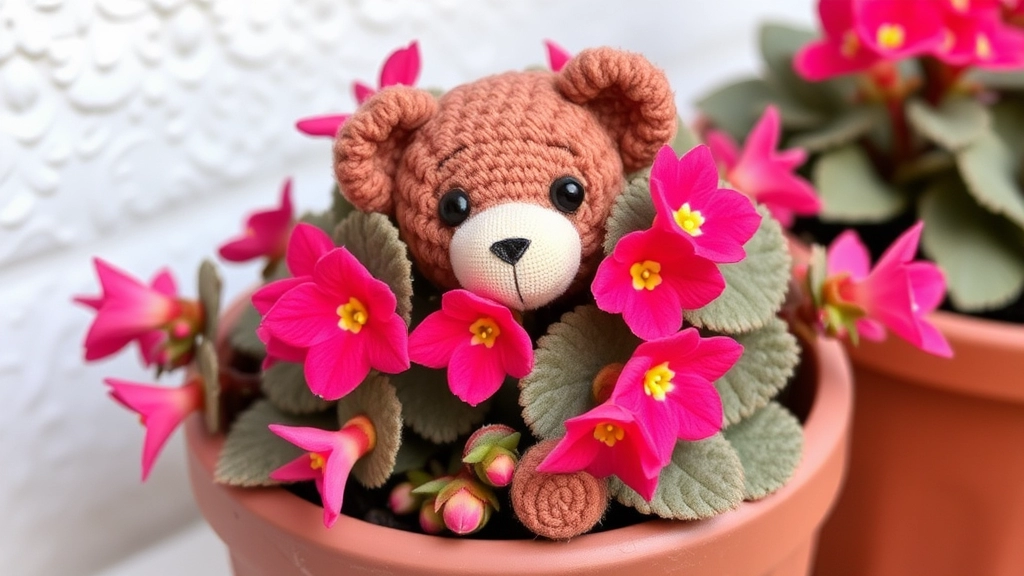Welcome, plant enthusiasts!
Get ready to dive into the fuzzy world of Kalanchoe tomentosa teddy bear. This adorable succulent, with its plush, velvety leaves, is not just a pretty face in the plant kingdom. It’s a low-maintenance champion that brings a touch of whimsy to any space, making it perfect for both novice and experienced plant parents.
In this article, we’ll explore everything from ideal growing conditions to propagation tips for your Kalanchoe tomentosa teddy bear. You’ll learn how to keep those trademark fuzzy leaves healthy and vibrant, and discover why this plant is more than just a cute addition to your collection. So, let’s embark on this green journey and uncover the secrets to nurturing your very own living teddy bear!
Description and Characteristics of Kalanchoe Tomentosa Teddy Bear
Ever seen a plant that looks like a fuzzy teddy bear? That’s Kalanchoe Tomentosa Teddy Bear for you.
This succulent’s a real head-turner, and here’s why:
- It’s got these thick, oval leaves covered in soft, silvery-white fuzz.
- The leaf edges? They’re lined with cute brown or rust-colored spots.
- It grows in a compact, upright shape, perfect for small spaces.
- Mature plants can reach about 1-2 feet tall.
- In rare cases, it might surprise you with tiny, bell-shaped flowers.
But let’s be real – it’s all about those fuzzy leaves.
They’re not just for show, though. That fuzz? It’s the plant’s secret weapon against harsh sun and drought.
Think of it as nature’s sunscreen and water-saver rolled into one.
Now, you might be wondering, “Is it hard to grow?”
Nah, it’s pretty chill. Like most succulents, it’s tough as nails.
Just don’t love it to death with too much water, and you’ll be golden.
So, if you’re after a plant that’s both cute and low-maintenance, Kalanchoe Tomentosa Teddy Bear’s your guy.
It’s like having a pet that doesn’t need walking or feeding – just a sunny spot and the occasional drink.
Ideal Growing Conditions
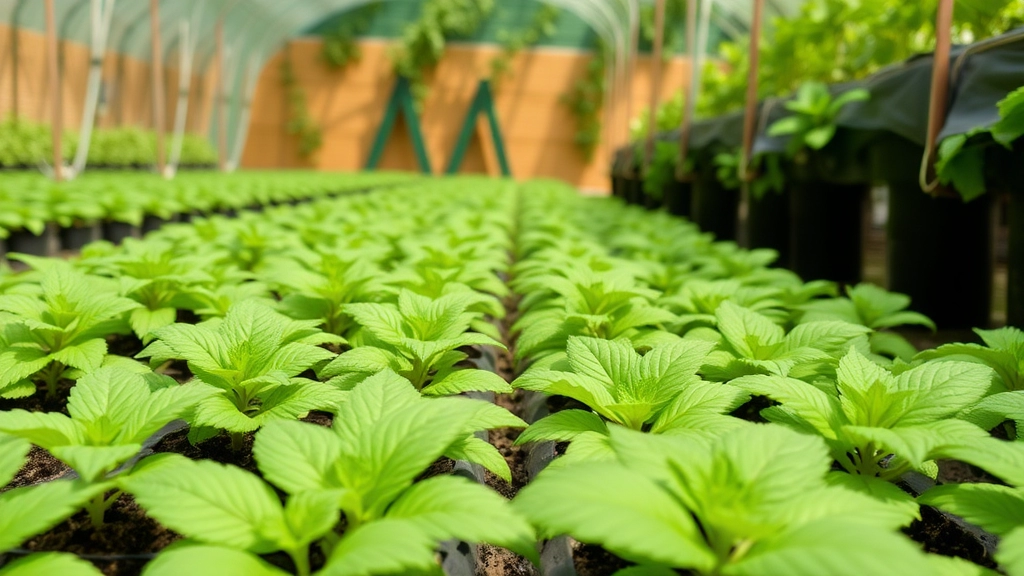
Alright, let’s chat about the perfect setup for your Kalanchoe Tomentosa Teddy Bear. Trust me, getting this right is like giving your plant a VIP pass to thrive-town.
First things first, these fuzzy little succulents are sun-lovers. They’re basically the beach bums of the plant world. But here’s the kicker – they’re not fans of scorching direct sunlight. It’s like they want a nice tan, but without the sunburn. So, what’s the sweet spot?
Bright, Indirect Light:
- Think of a spot near a window, but not right on the windowsill
- East or west-facing windows are your best bet
- If you’ve got a south-facing window, pop a sheer curtain up for some light filtering
Now, let’s talk soil. These guys aren’t picky eaters, but they do have a preference:
Well-draining Soil Mix:
- Cactus or succulent mix is your go-to
- If you’re feeling fancy, mix in some perlite or coarse sand
- The goal? A soil that doesn’t hold water like a sponge
Temperature-wise, Kalanchoe Tomentosa Teddy Bears are pretty chill (pun intended). They’re not big fans of extreme cold or heat. Think Goldilocks – not too hot, not too cold, just right.
Ideal Temperature Range:
- 60°F to 75°F (15°C to 24°C)
- Can tolerate a bit cooler at night
- Avoid drafts and sudden temperature changes
Humidity? These fuzzy fellows aren’t too fussed. They’re like that laid-back friend who’s happy wherever they are. Average room humidity is usually fine, but they won’t complain if it’s a bit on the dry side.
Remember, these plants are succulents at heart. They’re tough cookies, adapted to survive in less-than-ideal conditions. But give them these ideal growing conditions, and watch them flourish like a boss.
So, there you have it – the ideal growing conditions for your Kalanchoe Tomentosa Teddy Bear. Nail these, and you’ll be well on your way to becoming a succulent superstar. Next up, we’ll dive into some planting and potting tips that’ll make your Teddy Bear feel right at home. If you’re interested in other Kalanchoe varieties, check out the yellow Kalanchoe blossfeldiana for a vibrant addition to your collection. For those looking for a plant with medicinal properties, the Kalanchoe pinnata has various medicinal uses that might pique your interest.
Planting and Potting Tips
Alright, let’s chat about getting your Kalanchoe Tomentosa Teddy Bear all cosy in its new home.
First things first, these fuzzy little guys love well-draining soil.
Why? Because they’re succulents, and succulents hate wet feet.
Here’s what I do:
- Mix regular potting soil with some perlite or coarse sand
- Aim for a 50/50 mix – it’s not rocket science, just eyeball it
Now, about that pot…
Go for one with drainage holes. Trust me, it’s a game-changer.
Size-wise, don’t go too big. These plants like to be a bit snug.
When you’re planting:
- Fill the pot about 2/3 with your soil mix
- Gently place your Teddy Bear in
- Add more soil around it, pressing lightly
- Leave a bit of space at the top for watering
Pro tip: Wait a few days before watering after repotting. Gives any damaged roots time to heal.
Remember, Kalanchoe Tomentosa Teddy Bears aren’t fussy. They’re pretty chill.
Just give them good drainage, and they’ll be happy campers.
Any questions about potting your Teddy Bear? Fire away!
Watering and Fertilization Guidelines
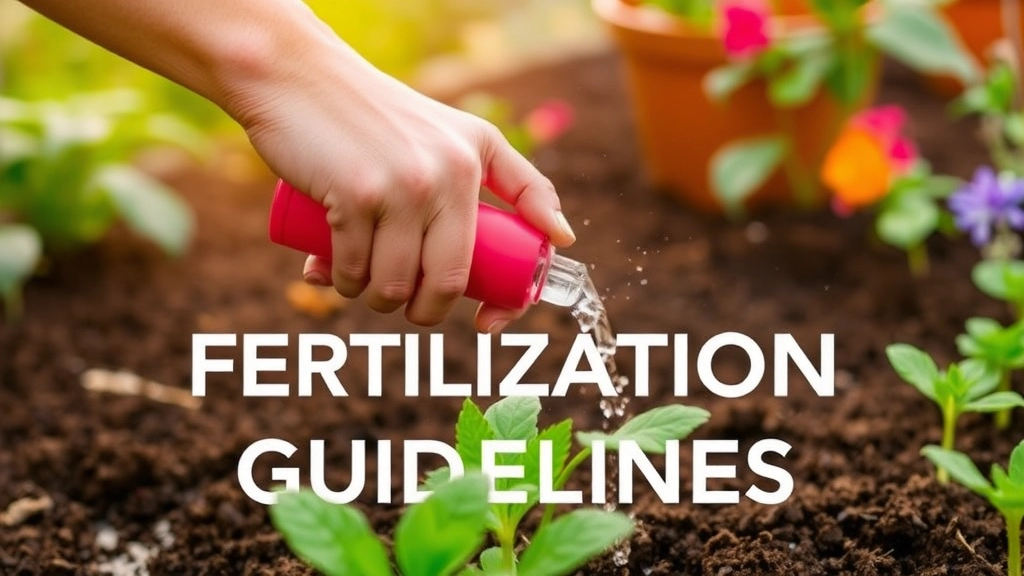
Alright, let’s chat about keeping your Kalanchoe Tomentosa Teddy Bear happy and thriving. Trust me, I’ve learned these tips the hard way, so you don’t have to!
Watering: The Golden Rule
First things first – these fuzzy little succulents are drama queens when it comes to water. They’d rather be thirsty than drowning. Here’s the deal:
- Water sparingly: Let the soil dry out completely between waterings.
- Check before you pour: Stick your finger about an inch into the soil. If it’s dry, it’s time to water.
- Seasonal adjustments: Cut back on watering during winter when growth slows down.
Pro tip: If you’re ever in doubt, it’s better to underwater than overwater. These guys can bounce back from drought, but root rot? That’s a whole other ballgame.
Fertilization: Less is More
Now, onto feeding your Teddy Bear. Remember, these plants are like that friend who’s always on a diet – they don’t need much.
- Frequency: Fertilize once a month during the growing season (spring and summer).
- Type: Use a balanced, water-soluble fertilizer diluted to half strength.
- Winter care: Skip the fertilizer entirely during the colder months.
Here’s a little secret: I once went overboard with fertilizer, thinking more food equals more growth. Boy, was I wrong! My poor Teddy Bear ended up with burnt leaves. Learn from my mistake, folks.
The Watering Technique
Now, let’s talk about how to water. It’s not just about dumping water in the pot and calling it a day.
- Bottom watering: Place the pot in a tray of water for about 15 minutes. This encourages deep root growth.
- Top watering: If you prefer this method, water directly at the base of the plant, avoiding the leaves.
- Drainage: Always ensure excess water can escape. No one likes wet feet, especially not your Teddy Bear!
Remember, Kalanchoe Tomentosa Teddy Bear is a succulent that’s adapted to survive in dry conditions. By following these watering and fertilization guidelines, you’ll be giving your plant the best shot at thriving. Just think of yourself as a plant parent – provide the basics, but don’t smother them with too much attention! If you’re interested in other Kalanchoe varieties, check out the flowering Kalanchoe blossfeldiana, which has similar care requirements but offers beautiful blooms. For those looking to expand their succulent collection, the Kalanchoe pinnata, also known as the miracle leaf, is another fascinating species to consider.
Light and Temperature Requirements
Let’s chat about what your Kalanchoe Tomentosa Teddy Bear needs to thrive.
Light: The secret sauce
These fuzzy little guys love their sunshine, but not too much.
Imagine you’re on holiday – you want a nice tan, not a sunburn, right?
That’s your Teddy Bear plant.
Aim for:
- Bright, indirect light
- 4-6 hours of sunlight daily
- Protection from harsh afternoon rays
Pro tip: A south-facing window with a sheer curtain is perfect.
Temperature: Keeping it cosy
Teddy Bears like it warm, but not scorching.
Think Mediterranean climate, not Sahara Desert.
Ideal range:
- 60-75°F (15-24°C) during the day
- Slightly cooler at night
Warning: They’re not fans of cold drafts or sudden temperature drops.
Winter care:
- Keep them away from chilly windows
- Avoid placing near heaters or radiators
Remember, these succulents are tough cookies, but they’re not invincible.
Treat them right, and they’ll reward you with those adorable fuzzy leaves.
Got any questions about light or temp for your Kalanchoe Tomentosa Teddy Bear? Fire away!
Common Pests and Diseases
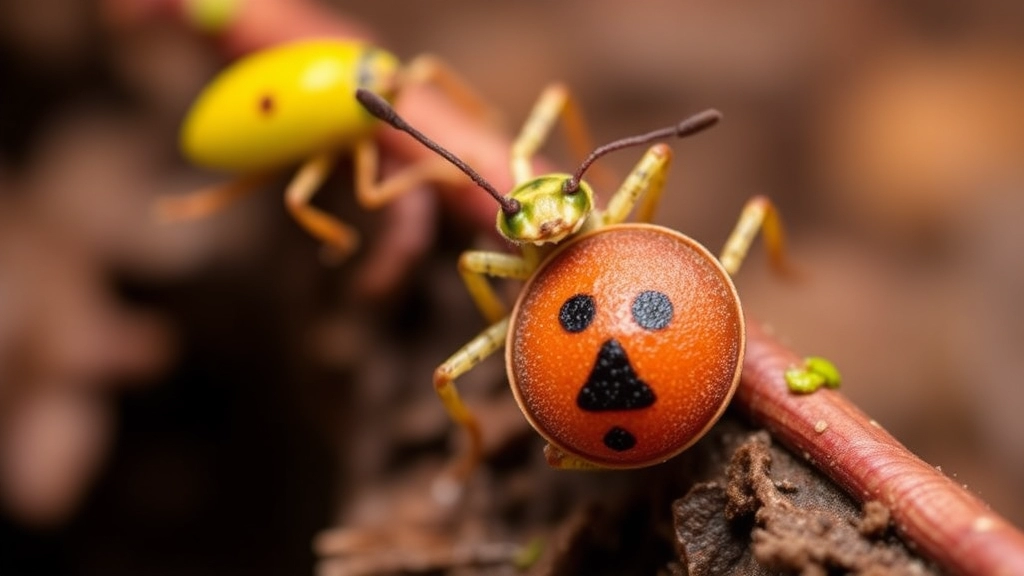
Alright, let’s chat about the not-so-fun part of growing Kalanchoe Tomentosa Teddy Bear – the pesky pests and annoying diseases. Trust me, I’ve been there, and it’s no picnic. But don’t worry, I’ve got your back!
Pests: The Uninvited Guests
- Mealybugs: These little cotton-like buggers love to party on your Teddy Bear. They suck the life out of your plant, literally.
- Spider mites: Tiny but mighty, these guys can cause some serious damage if left unchecked.
- Aphids: Small, soft-bodied insects that cluster on new growth and suck sap from the plant.
Pro tip: Keep an eye out for any weird spots, discolouration, or sticky residue on your plant. That’s usually a dead giveaway that you’ve got unwanted visitors.
Diseases: The Silent Killers
- Root rot: This is a biggie, folks. Overwatering is the main culprit here.
- Powdery mildew: Looks like someone sprinkled flour on your plant. Not cool.
- Leaf spot: Brown or black spots on leaves that can spread if not treated.
Here’s the deal: Most of these issues stem from poor care practices. So, if you’re nailing the basics – proper watering, good air circulation, and the right light – you’re already ahead of the game.
But let’s say you’ve got a problem. What now?
Quick Fixes:
- For pests: Wipe ’em off with a cotton swab dipped in rubbing alcohol. For bigger infestations, neem oil is your best mate.
- For diseases: Cut off affected parts, improve air circulation, and adjust your watering habits.
Remember, prevention is better than cure. Keep your Kalanchoe Blossfeldiana hybrid happy and healthy, and you’ll rarely have to deal with these nasties.
Got any pest or disease horror stories with your Teddy Bear? Drop ’em in the comments. We’re all in this together! And if you’re interested in learning more about the spiritual uses of Kalanchoe Pinnata, check out our other articles.
Propagation Methods
Let’s chat about how to make more of these fuzzy little succulents, shall we?
Kalanchoe Tomentosa Teddy Bear is a breeze to propagate. Trust me, I’ve done it loads of times.
Here’s the scoop:
Leaf Cuttings:
- Snip a healthy leaf
- Let it dry for a day or two
- Pop it on some well-draining soil
- Mist occasionally
- Watch for roots in a few weeks
Stem Cuttings:
- Cut a 4-inch stem
- Remove lower leaves
- Let it callous over
- Stick it in soil
- Keep it slightly moist
Seeds:
- Bit trickier, but doable
- Sow on top of soil
- Keep warm and slightly damp
- Germination takes 1-2 weeks
Pro Tip: Spring and summer are prime time for propagation.
I once propagated a whole army of Teddy Bears from one plant. Gave ’em to mates as pressies. They loved it!
Remember, patience is key. These little guys take their sweet time.
Got any propagation tricks up your sleeve? I’d love to hear ’em!
Kalanchoe Tomentosa Teddy Bear propagation is a fun way to expand your succulent family. Give it a go!
Seasonal Care and Maintenance
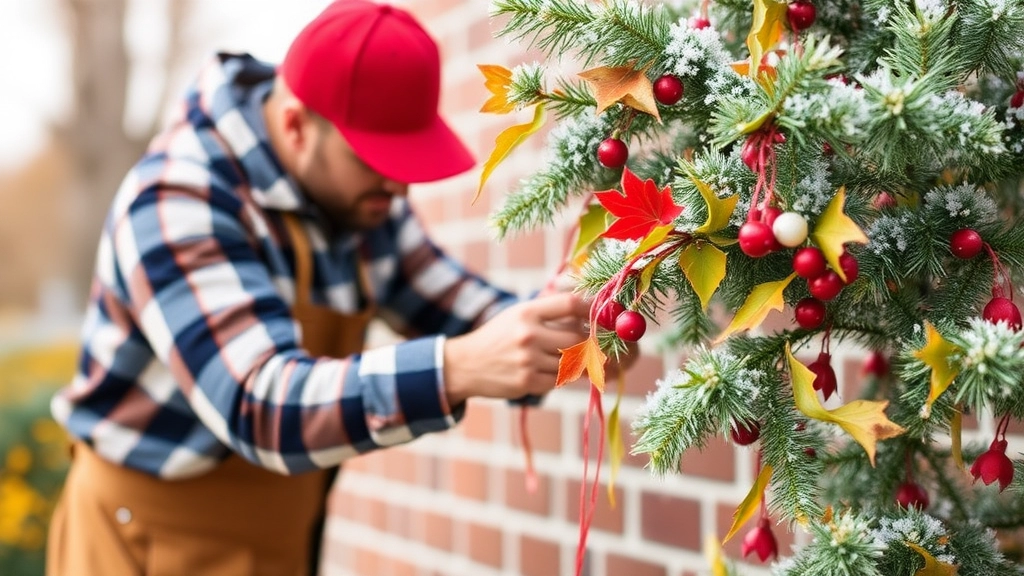
Alright, let’s chat about keeping your Kalanchoe Tomentosa Teddy Bear happy all year round. This fuzzy little guy needs some TLC, but it’s not rocket science.
Spring and Summer: Time to Shine
When the days get longer and warmer, your Teddy Bear’s ready to party. Here’s what you need to do:
- Water more often, but don’t go crazy. Let the soil dry out between drinks.
- Feed it every 2-4 weeks with a balanced, water-soluble fertilizer.
- Keep an eye out for new growth and prune if it’s getting too wild.
- Move it outside if you fancy, but ease it into direct sunlight to avoid sunburn.
Autumn and Winter: Chill Time
As the temperatures drop, your plant’s going to slow down. Here’s the deal:
- Cut back on watering. Once every 2-3 weeks might be enough.
- Stop fertilizing. Your Teddy Bear’s on a diet now.
- Move it to a brighter spot indoors. It still needs light, even when it’s cold outside.
- Watch out for drafts. These plants hate cold air.
Year-Round Tips
No matter the season, there are a few things you should always keep in mind:
- Dust those fuzzy leaves gently. A soft brush works wonders.
- Rotate the pot every week or so for even growth.
- Check for pests regularly. Prevention’s better than cure, trust me.
Remember, Kalanchoe Tomentosa Teddy Bear is a tough little cookie. It can handle a bit of neglect, but why not give it the VIP treatment? A happy Teddy Bear means a happy you.
So, there you have it. Seasonal care for your Kalanchoe Tomentosa Teddy Bear doesn’t have to be a headache. Just adjust your routine as the seasons change, and you’ll have a thriving plant all year round. If you’re interested in other Kalanchoe varieties, check out the flowering period of Kalanchoe blossfeldiana or learn about the medicinal uses of Kalanchoe pinnata.
Benefits of Growing Kalanchoe Tomentosa Teddy Bear
Hey there, plant lovers! Let’s chat about why the Kalanchoe Tomentosa Teddy Bear is such a cool addition to your green squad.
First off, this fuzzy little guy is a total eye-catcher.
It’s like having a living, breathing teddy bear in your home. How cute is that?
But it’s not just about looks. This plant is tough as nails.
Forget to water it? No biggie. It’s a survivor.
Here’s why you’ll love having a Teddy Bear Kalanchoe around:
- Low maintenance: Perfect for busy folks or newbie plant parents
- Air purifier: Helps clean your indoor air, naturally
- Stress reducer: Looking after plants can be seriously zen
- Conversation starter: Trust me, everyone will ask about your fuzzy friend
- Versatile decor: Fits in anywhere, from office desks to living room shelves
Plus, it’s non-toxic to pets. Win-win for animal lovers!
Growing this little fella can boost your confidence as a plant parent.
It’s like plant-keeping on easy mode.
And let’s be real, who doesn’t want a plant that feels like a cuddly teddy bear?
So, ready to add some fuzzy charm to your plant collection? The Kalanchoe Tomentosa Teddy Bear is waiting for you!
Frequently Asked Questions
Alright, let’s dive into some burning questions about our fuzzy friend, the Kalanchoe Tomentosa Teddy Bear. I’ve been growing these cuties for years, and trust me, I’ve heard it all. So, let’s tackle the most common head-scratchers:
Is my Teddy Bear plant dying if the leaves are turning yellow?
Hold your horses! Yellow leaves don’t always spell doom. It could be:
- Overwatering (the most common culprit)
- Too much direct sunlight
- Nutrient deficiency
My advice? Check your watering habits first. These guys like to dry out between drinks.
How often should I water my Kalanchoe Tomentosa?
Here’s the deal: less is more. I water mine:
- Once every 2-3 weeks in summer
- Once a month in winter
But always check the soil first. If it’s still damp, hold off.
Can I grow Teddy Bear plants outdoors?
Absolutely! But there’s a catch:
- They thrive in USDA zones 9-11
- Need protection from frost and heavy rain
- Prefer partial shade outdoors
If you’re not in those zones, no worries. They make fantastic indoor plants too.
Why isn’t my Teddy Bear plant growing?
Slow growth is normal for these fuzzy fellas. But if it’s at a standstill, consider:
- Not enough light
- Poor soil drainage
- Overcrowded roots
Give it a brighter spot and maybe a bigger pot. Patience is key!
Is Kalanchoe Tomentosa Teddy Bear toxic to pets?
Sadly, yes. It’s mildly toxic if ingested. Keep it out of reach of curious pets and kids.
How do I propagate my Teddy Bear plant?
It’s a piece of cake! Here’s my quick method:
- Snip a healthy leaf
- Let it callous for a day or two
- Stick it in well-draining soil
- Water sparingly until roots form
Boom! New plant in a few weeks.
Remember, growing Kalanchoe Tomentosa Teddy Bear is all about finding that sweet spot. Don’t stress too much – these plants are pretty forgiving. Just keep an eye on them, adjust as needed, and enjoy their fuzzy charm. Got more questions? Fire away! I’m always happy to chat about these adorable succulents.
Frequently Asked Questions about Kalanchoe Tomentosa Teddy Bear
How often should I water my Kalanchoe Tomentosa Teddy Bear?
Water your Teddy Bear plant sparingly. Allow the soil to dry out completely between waterings. In general, this means watering once every 2-3 weeks during the growing season and even less frequently in winter. Always check the soil moisture before watering.
Can Kalanchoe Tomentosa Teddy Bear survive in low light conditions?
While these plants prefer bright, indirect light, they can tolerate lower light conditions for short periods. However, for optimal growth and to maintain their compact shape, provide them with plenty of bright, filtered light. Avoid direct sunlight, which can scorch the leaves.
Is Kalanchoe Tomentosa Teddy Bear toxic to pets?
Yes, Kalanchoe Tomentosa Teddy Bear is mildly toxic if ingested by pets or children. It’s best to keep the plant out of reach of curious pets and small children. If ingestion occurs, contact a veterinarian or poison control center immediately.
How do I propagate my Kalanchoe Tomentosa Teddy Bear?
Propagation is easy with leaf or stem cuttings. Simply take a healthy leaf or stem cutting, allow it to callous over for a day or two, then place it in well-draining soil. Keep the soil slightly moist until roots develop, which usually takes a few weeks.
Why are the leaves of my Teddy Bear plant turning yellow?
Yellowing leaves can be a sign of overwatering, which is the most common issue with these plants. It could also indicate nutrient deficiency or too much direct sunlight. Check your watering habits first and adjust as needed. If the problem persists, consider the plant’s light exposure and soil quality.
How big does a Kalanchoe Tomentosa Teddy Bear grow?
These plants typically grow to about 1-2 feet tall when mature. They have a compact, upright growth habit, making them perfect for small spaces or as desktop plants.
Does Kalanchoe Tomentosa Teddy Bear flower?
While Kalanchoe Tomentosa Teddy Bear can produce small, bell-shaped flowers, it’s relatively rare in indoor conditions. The plant is primarily grown for its attractive, fuzzy foliage rather than its flowers.
Can I grow Kalanchoe Tomentosa Teddy Bear outdoors?
Yes, you can grow these plants outdoors in USDA hardiness zones 9-11. They prefer partial shade and protection from frost and heavy rain. In colder climates, they’re best grown as indoor plants or moved indoors during winter months.

